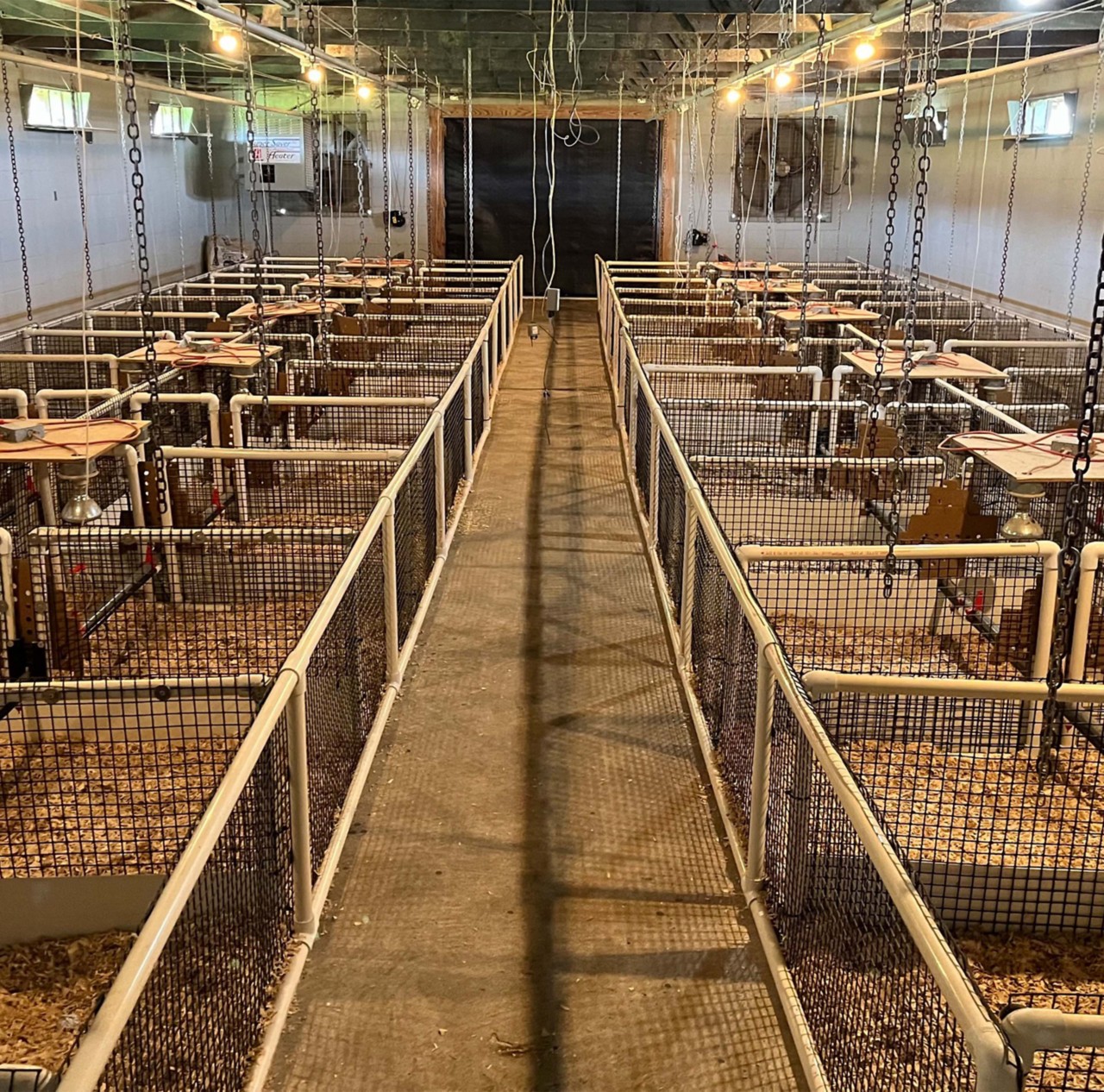
Strategic partner and trusted advisor
You face many challenges. From species-specific bacteria and digestive issues to environmental stress and regulatory and market demands, we continually innovate to address each situation. We do this through shared knowledge and insights.
We start by learning about and understanding your needs. Then we work with you to create customized recommendations. You may simply require a single ingredient or a basic blend, or the answer may be more complex. We combine your insights with our nutritional, chemical, microbiological and formulation expertise to find a customized solution that tackles your challenges.
Livestock trials
Take advantage of our in-house technical knowledge to guide you in the setup and development of livestock trials.
We have advanced laboratory and production capabilities and a dedicated technology and application development team to collaborate with. You can support animal health and well-being while optimizing performance and quality.

Certain statements may not be applicable in all geographical regions. Product labeling and associated claims may differ based on government requirements.








